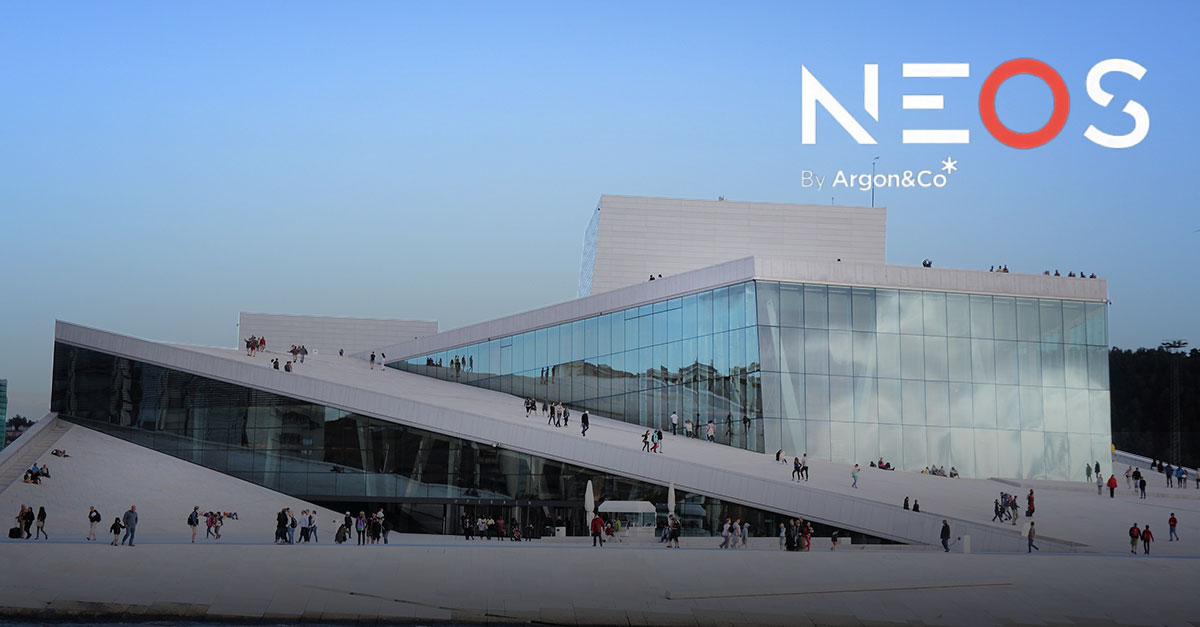%2520(460%2520%25C3%2597%2520478%2520px)%2520(1682%2520%25C3%2597%25201176%2520px)%2520(460%2520%25C3%2597%2520478%2520px).png)
Is Your Supply Chain Operation Recession Proof? What Companies Need to Know to Stay Resilient.
Despite the looming specter of a recession and the threat of softening demand, companies have changed their tune when it comes to supply chain strategy and seeking expertise.
The COVID-19 pandemic highlighted one significant slip for many supply chain companies – a significant under-investment in the talent, processes and tools needed to weather massive disruption. TUNE IN NOW to the latest monthly supply chain virtual series hosted by global supply chain leaders and members of the Supply Chain Automation LinkedIn Group as they discuss the new role CEOs and CFOs find themselves playing in supply chain operations, and their leading concerns. Hear from supply chain expert panel members Bruce Richardson, Chief Enterprise Strategist at Salesforce; Mike Landry, CEO at ketteQ; Cy Smith, SVP, Business Development at ketteQ and special guest Michael Ciatto, SVP, Supply Chain Service Line at Genpact as they share their insights and tips for creating a resilient recession-proof supply chain.
Despite the looming specter of a recession and the threat of softening demand, companies have changed their tune when it comes to supply chain strategy and seeking expertise.

“The COVID-19 pandemic highlighted a persistent under investment in talent, processes, and tools,” said Michael Ciatto, SVP, Supply Chain Service Line at Genpact. As supply chains took on the stress of volatility, despite all the changes and innovations in technology out there, companies were unable to solve for such unprecedented change, he added.
For often the first time, CFOs and CEOs were forced to become experts in supply chain operations and lock arms with internal supply chain leaders to recast strategy and plan for a future that looks consistently unfamiliar.
Top Concerns for CFOs
According to a recent survey from CFO.com CFOs are facing a weighty array of challenges.
Leading concerns include cost pressures, inflation, talent acquisition, profitability, the need for technology investments and, of course, supply chain issues.
The good news? Those challenges all can be supported and helped by supply chain improvements, noted Ciatto.
Supply chain software systems can deliver analytical support to pressure test demand signals and give a demand-shaping view to teams for more accurate forecasting and predictable sales results, for example.
Chronic geopolitical disruptions and concerns about climate change, and the push for increased ESG reporting have opened the door for supply chain leaders to find a new ally in the c-suite to drive supply chain transformation.
CFOs have learned the hard way that supply chain issues can prove catastrophic for the most profitable companies. Even retail giants, including Target, have faced historic losses at the hands of unpredictable demand.
Now faced with a possible recession, the need for a resilient supply chain system has never been a higher priority.
Predictability, Agility, Resiliency
Predictability for supply chains has been one of the biggest challenges for CFOs. Specifically, predictability from a reliable source that is shared across the enterprise is key, said Ciatto. Being able to bring insights through data and harmonization to support at least a shared direction that everyone can oscillate around is a No. 1 priority, Ciatto added.
Following closely behind would be agility. Supply chain issues and geopolitical strain with China, Taiwan, and Russia’s war with Ukraine, plus trends like nationalization, near-shoring and deglobalization heighten the need for a nimble, agile supply chain operation.
Suddenly the question facing many CFOs is how to build a supply chain network that is resilient, allows a company to react quickly to instability, natural disasters, human rights issues, and even more rigorous carbon footprint standards. The question that naturally follows is what investments need to be made to create or support resiliency.
Intelligent indexing of data, automation capabilities, and platforms that drive hyperconnectivity have surfaced as the smartest acquisitions a company can make to secure stability and foster a limber supply chain system that can perform under stress.
Hyperconnectivity Needed
Many companies, especially post-pandemic, have improved functionality and adopted new technology to increase forecasting capabilities. But most have not yet adopted a fully hyperconnected supply chain operating system.
One of the most visible examples of the need for hyperconnectivity happened during the height of the pandemic when Clorox saw demand for its cleaning products spike by more than 500%. The company famously struggled to keep up with the previously unfathomable demand and saw that a lack of hyperconnectivity across all divisions and a vast network of operating systems would keep it from achieving critical supply targets. Now the company has pledged to invest heavily in technology modernization.
Companies are now looking to demonstrate the value of hyperconnected supply chain systems, like ketteQ’s platform, to achieve multiple visibility benefits, including better data on capacity, lead time, and cost, said Ciatto.
And as companies in the U.S. and Europe get more sophisticated with supply chain visibility, data and planning, there are still regions across the globe that have yet to catch up, creating a greater puzzle for today’s supply chain leaders to solve to stay ahead of shifting demand.
Where is the Supply Chain Talent?
Another area the pandemic highlighted was the lack of supply chain talent in an industry with such a growing need for supply chain expertise.
There can be gaps in technology natives among the employee and leader ranks within an industry that is showing some age both in technology systems and in leadership. Some universities are now responding with supply chain programs, seeing opportunities for the workforce of the future.
But companies must respond with more transformative workplace incentives and cultures. Many corporations are geared for those who follow the status quo and that must be addressed, noted Ciatto.
What the supply chain industry needs now is leaders who are comfortable with driving change.
To hear more from the webinar conversation, be sure to tune in. If you are considering technology investments to create better supply chain capabilities, ketteQ would love to help. Please reach out today and let’s talk.





